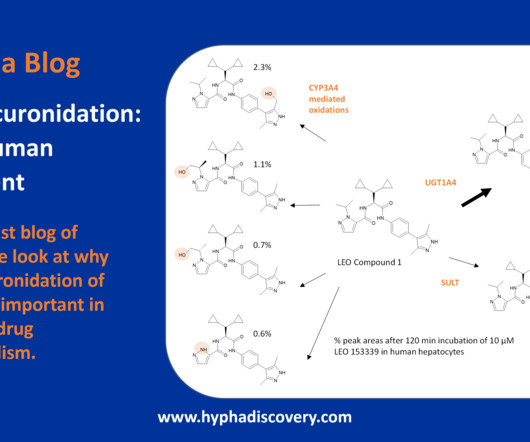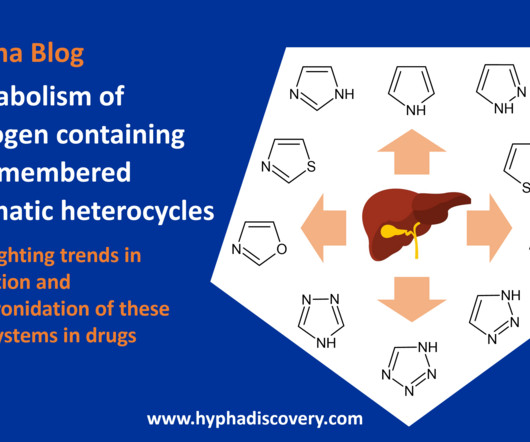Pharmacokinetics of panobinostat: Inter-species difference in metabolic stability [Metabolism, Transport, and Pharmacogenetics]
ASPET
FEBRUARY 26, 2024
Panobinostat is a potent pan-HDAC inhibitor that has been tested in multiple studies for the treatment of brain tumors. There have been contrasting views surrounding its efficacy for the treatment of tumors in the CNS following systemic administration when examined in different models or species.














Let's personalize your content